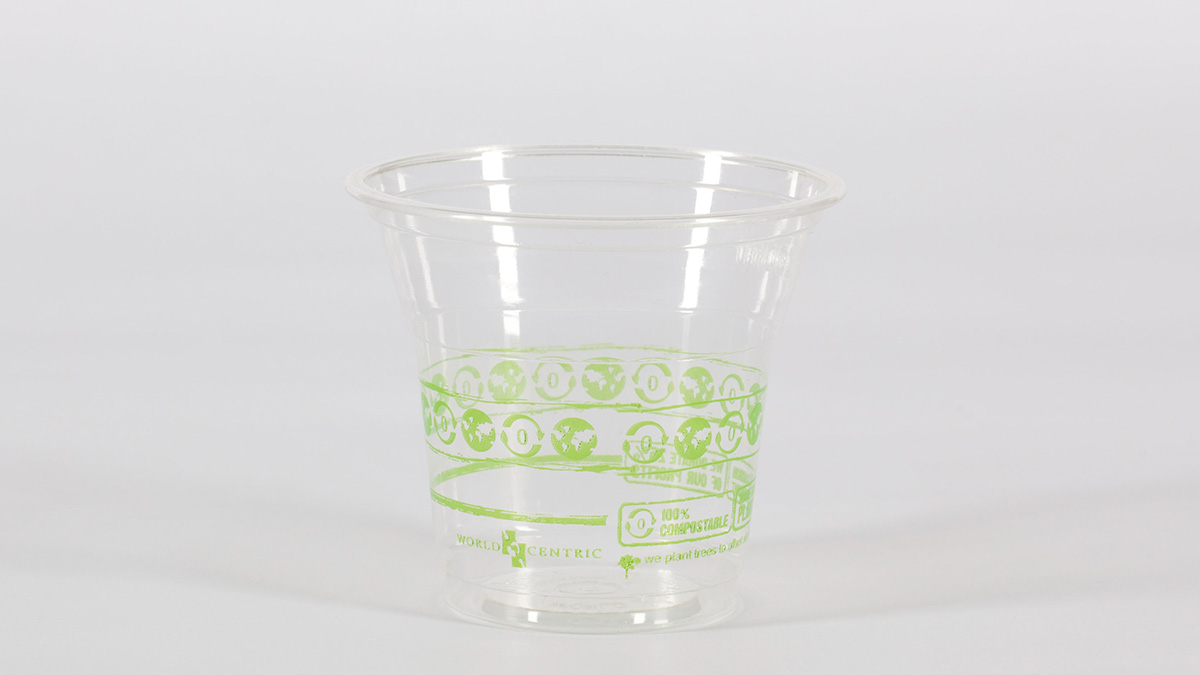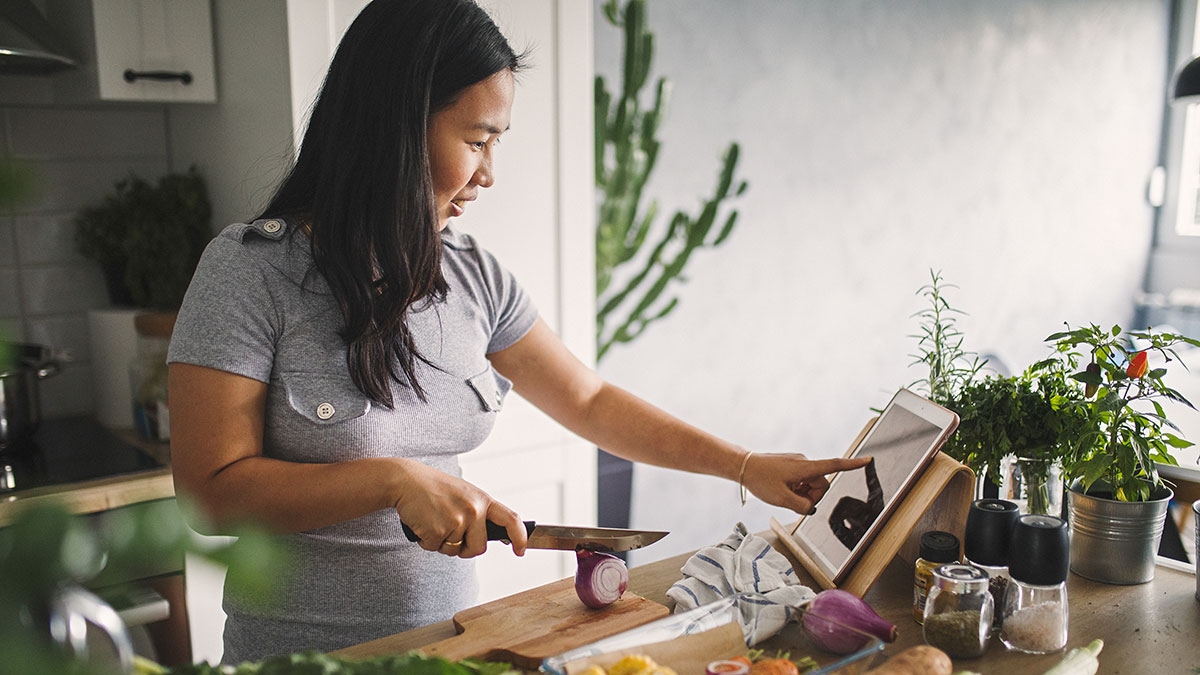Right bin for the win - Food Scraps
Did you know...?
- A third of our black carts are packed with food scraps. Separating your food scraps and putting them in your green bin can make a big difference!
- Don’t food scraps just turn to soil in the landfill? Nope! When food and yard waste is buried in the landfill, it doesn’t break down or turn into soil or anything useful. It does create harmful emissions like methane (a powerful greenhouse gas) and leachate (a toxic liquid that needs to be treated)
We are all winners when we put food scraps into the green bin
By doing so, we turn the scraps into nutrient-rich compost for use by farmers, gardeners and landscapers. We also conserve resources and safeguard vital (and expensive) landfill space for future generations of Calgarians.

Green Bin Made Easy: Simple steps
Ready to make your green bin a winner?
Equip yourself right

Gear up with a kitchen pail
You can purchase compost bins at hardware and big box stores like Canadian Tire, London Drugs, Lowes and Home Depot. You can also reuse any container with a lid like an ice cream bucket.
Small Changes, Big Impact

Tips to keep things clean
Keep the Lid Down
Always keep the lid closed on your kitchen pail and green bin to prevent unwanted pests from getting in.
Keep It Fresh
Empty your kitchen pail into the green bin every 2–3 days to prevent odors from building up and keep your home smelling fresh.
Keep Track
Stay on top of collection days by signing up for reminders or downloading the My Garbage Day app for notifications and waste management tips. A consistent routine makes proper waste disposal effortless.
Avoid These Common Green Bin Mistakes

It might seem harmless to toss food into the green cart with its packaging, but this causes big problems during composting.
Common Myths – and the Facts:
"It’s compostable packaging, so it’s fine'
Only certified compostable bin liners are
accepted in our program. Other plastics
labeled “compostable” or “biodegradable”
don’t break down properly in our process
and will contaminate the finished compost.
"The composting machines sort it all out anyway"
Not true. During the shredding process,
plastic packaging breaks into smaller
pieces, becoming harder to remove, and
risks contaminating the finished compost.
Putting the right items in your green cart matters—and your efforts truly make an impact.
Small Changes, Big Impact

Using the green bin for unavoidable food scraps is a great step, but the real success comes from reducing food waste altogether.
By changing the way we think about food waste, we can make a bigger difference. Here’s how to take it to the next level:
- Plan meals and make a shopping list.
- Check your fridge, freezer, and cupboards before buying more.
- Learn proper food storage techniques to keep food fresh longer.
How Your Food Scraps Become Compost
How Your Food Scraps Become Compost
How it works – Your green cart waste is turned into nutrient-rich compost through a carefully managed process:
- Drop-off and shredding – Material is shredded to break it down into smaller pieces for optimal composting.
- Composting – Vessels maintain 55 degrees for three consecutive days to eliminate harmful bacteria. Over 40-45 days, the natural composting process transforms organic material into nutrient-rich compost.
- Screening and curing – The compost is then screened for size and materials like plastic and metal. Small bits of shredded plastic make screening very difficult.
- Final Testing & Use – Final testing and use – High-quality compost is sold and shared with the community through our compost giveaways
To see the full journey from food scraps to finished compost, watch our video on the process
Get in on the Right Bin for the Win! Get your schedule & program info here.


